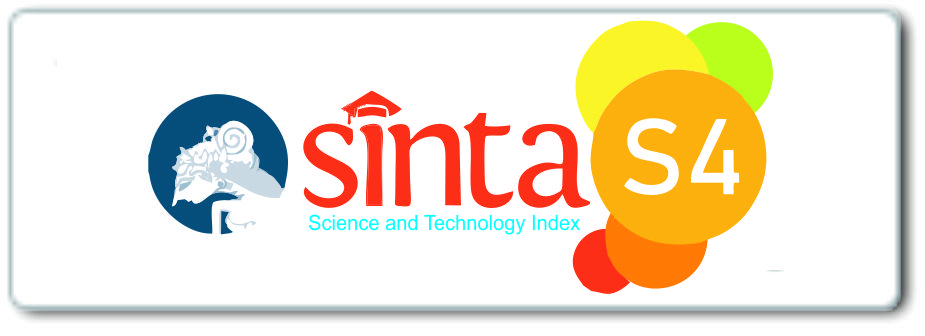Sak Madyo: Javanese Philosophy as A Preventive Medicine to Overcome Burnout of Young Remote Workers in Malang City
DOI:
https://doi.org/10.32734/ijma.v6i1.19963Keywords:
Remote working, hustle culture, sak madyoAbstract
The emergence of remote work systems followed by the development of technology and information has made many young workers enter the hustle culture trend that emphasizes productivity. However, it cannot be denied that this has an impact on the emergence of burnout among remote workers and has become a new challenge in the world of work. This ethnographic research conducted from July-October 2024 involving eight informants with Javanese ethnic background in the age range of 23-29 years will reveal how work culture and expectations affect workers' mental health, so that efforts to manage work pressure through local values are needed. The results showed that most informants who experienced burnout in the context of remote work and hustle culture realized the need for balance between work and personal life. The signals given by the body when they experience burnout such as prolonged physical fatigue and loss of motivation to work encourage them to take steps to recover by measuring their abilities. This is like the concept of sak madyo as a local Javanese value that emphasizes ‘sufficiency’ in living life. By understanding the meaning of ‘enough’, a healthy and sustainable work pattern will be created. The integration of local concepts in this modern work era indicates that traditional values have a contribution in understanding the dynamics of mental health in the digital era.
Downloads
Downloads
Published
How to Cite
Issue
Section
License
Copyright (c) 2025 Indonesian Journal of Medical Anthropology

This work is licensed under a Creative Commons Attribution-ShareAlike 4.0 International License.











